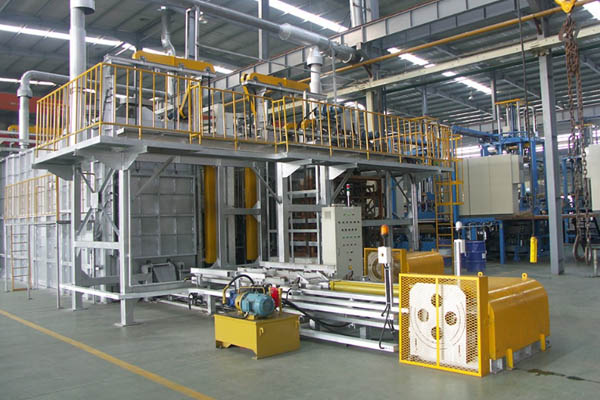We know that many aluminum castings meet the performance requirements under casting conditions and do not require further processing. However, in order to improve performance and increase strength and ductility, aluminum castings and aluminum alloy parts are usually heat-treated through a series of heating and cooling cycles called heat treatment after processing. This heat treatment involves three basic operations: solution, hardening, and age. Solution processing includes heating the casting to near eutectic temperature to dissolve the eutectic components and form a solid homogeneous solution.

After this solution treatment, the casting can be quenched or rapidly cooled, usually in boiling water, which helps to maintain a homogeneous solution at room temperature. The third step for heat treatment of aluminum castings is natural or artificial aging, which increases strength and hardness. Age hardening principles can also be used to customize heat treatments for each application. The combination of these three heat treatments is called mild. The main purpose of heat treatment of aluminum castings is to develop the best combination of mechanical properties that can meet the critical requirements of component applications.
The three basic thermal operations are often combined into heat treatment cycles that provide various properties. Although aluminum foundry related books provide "typical" or "recommended" solutions, quenching and aging times and temperatures for each alloy and temper, these heat treatment cycles are often varied and manipulated to change the mechanical properties of the casting to Meet specific component requirements for strength and ductility. Recent research includes using fluidized beds to reach solution temperatures quickly and provide faster heat treatment cycles.
The benefits of heat treatment of aluminum castings and aluminum alloy parts include:
1.Homogenization of alloy elements-this is an element that is uniformly distributed throughout the matrix, so the properties of the casting will be uniform;
2.Improved dimensional stability and processability-changes in microstructure may cause the casting to grow over time; maintain tight dimensional tolerances during and after processing, and the casting should be heat treated to form a stable precipitated phase;
3. Improved mechanical properties-The greatest use of heat treatment is to enhance mechanical and corrosive properties by spheroidizing constituent phase particles and precipitation hardening.
Few of the required properties are optimized in a single casting. More often, heat treatment is a compromise that maximizes other features. For example, tensile strength and yield strength can be increased, but this results in lower elongation. In contrast, higher elongation results in lower tensile and yield strength.